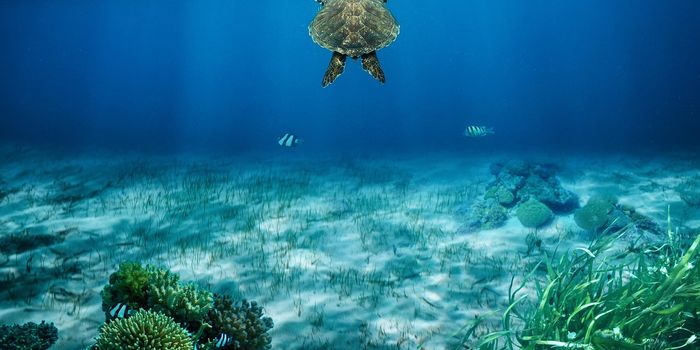Researchers One Step Closer to Solving 2015 Saiga Antelope Die-Off Mystery
Back in 2015, a population of roughly 200,000 saiga antelopes (Saiga tatarica) dropped dead in Kazakhstan for seemingly no good reason. After experts arrived at the scene to probe the situation, they cited a bacterial infection as the cause.
Image Credit: Victor Tyakht/Shutterstock
Hemorrhagic septicemia purportedly killed the entire bunch, and while it seemed like a cut and answer at the time, a new study published in the journal Science Advances this week underscores how there could have been other factors involved.
Related: Lightning strike reportedly kills more than 300 reindeer in Norway
A bacterium dubbed Pasteurella multocida causes this health condition that killed so many saiga antelopes, and it typically lies dormant inside their bodies. Citing the paper, however, Kazakhstan experienced an abnormally hot and humid Summer in 2015.
The study is one of the first to link environmental conditions to the bacterial infection that killed so many saiga antelopes that year, and it raises red flags. If a connection exists, then experts want to know about it; for now, their best guess is that the increased heat and stress on the antelopes’ bodies may have triggered and exacerbated the infection.
Given that the International Union for the Conservation of Nature (IUCN) recognizes the saiga antelope as a critically-endangered species, conservationists hope to solve the mystery sooner rather than later. Understanding the problem from every angle may help us prevent additional outbreaks and boost the species’ population numbers.
Sadly, the 2015 mass-die off wasn’t the first and almost certainly won’t be the last; especially not with environmental issues like climate change threatening to warm the Earth up even further. Too many more of these mishaps threaten to wipe the species out entirely, and animal experts plan to do everything in their power to prevent that from happening.
Related: Dozens of stranded whales die on an Indian beach
It ought to be interesting to see whether the researchers can validate their theory and prevent future outbreaks. After all, the saiga antelope depends on it.
Source: Science Alert









